If you’re a fan of movies, chances are you’ve seen sci-fi films that feature driverless cars or self-driving automobiles. While these types of cars could only be found in fiction in the past, they are slowly becoming a reality nowadays with the advancements in automobile technologies.
Can you imagine the comfort of just sitting back and relaxing while your car drives you to work or anywhere else for that matter? The development of such technology would surely make a huge difference in society and will surely benefit people. But how safe are these self-driving systems?
In this article, I will talk about these self-driving technologies for automobiles, particularly Autopilot from Tesla. I will also discuss the latest developments surrounding the technology, as well as issues raised concerning safety. If you want to know more, continue reading the article below.
- Do Self-Driving Cars Really Exist?
- Examining The Technology Of Advanced Driver-Assistance Systems
- A Closer Look At Tesla’s Autopilot System
- Tesla’s Approach To Full Self-Driving
- Outlook For The Automated Vehicles Industry
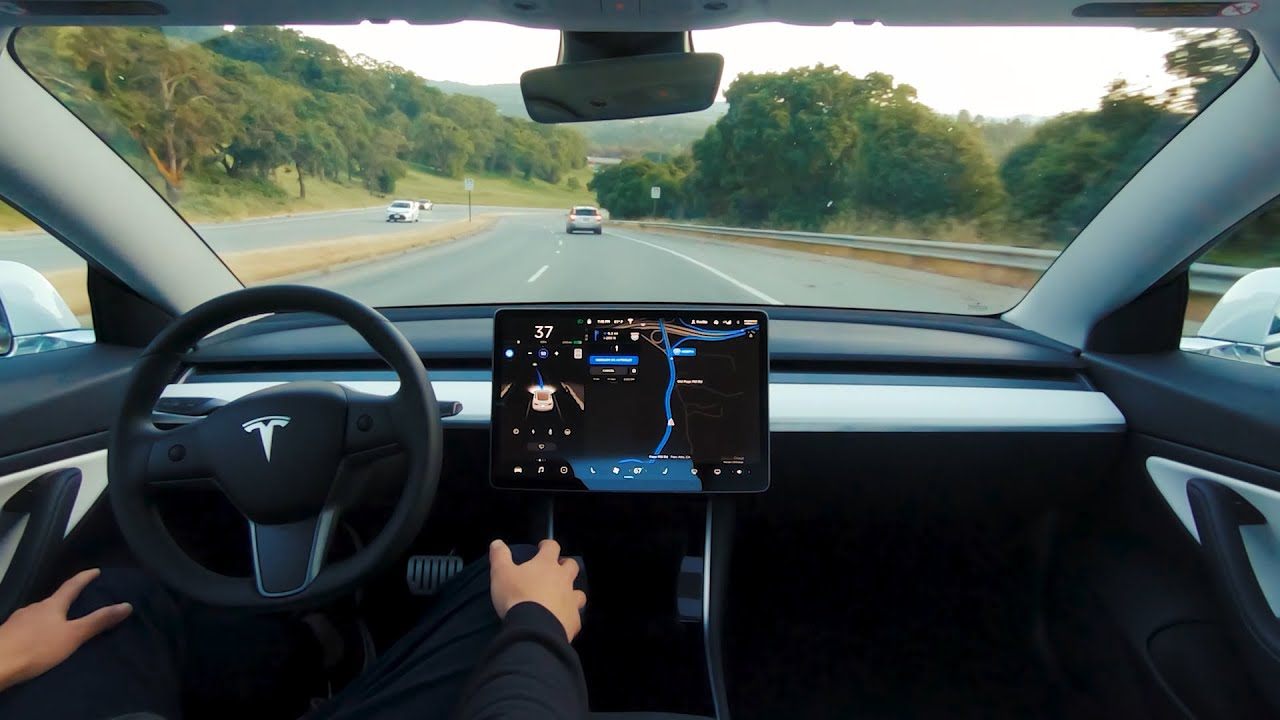
Do Self-Driving Cars Really Exist?
The question “Are self-driving cars really possible?” might be something that first comes to mind when hearing about the technology, but there have been dramatic developments in this area. To better understand, I’ll talk about what self-driving cars are and how the technology began.
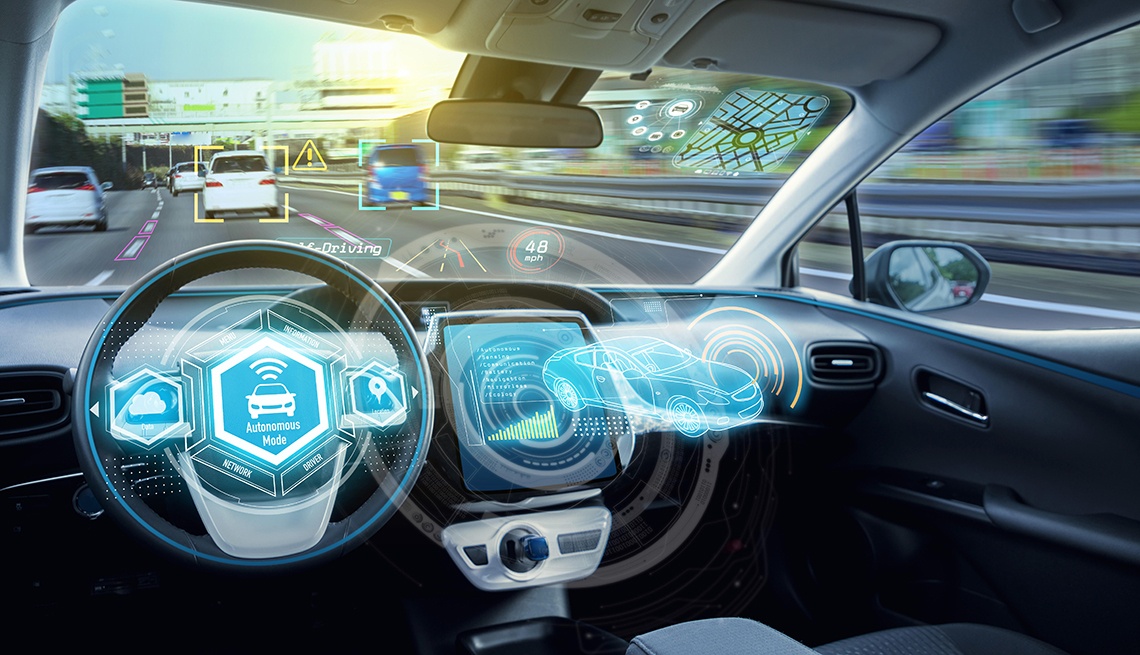
Self-driving cars, also known as autonomous vehicles (AVs), refer to vehicles capable of perceiving their environment and moving safely without the input of a human. These cars use different sensors to sense their environment, including radar, lidar, sonar, GPS, odometry, and inertial measurement units.
Driverless cars also use advanced control systems to interpret the data collected by their sensors to determine the appropriate navigation paths and identify obstacles and relevant road signs.
When it comes to autopilot, not every car is full automated. Some cars have partial automation and driver assistance systems that still require that driver’s full attention, but do make driving a lot more relaxing.
Brief History Of Self-Driving Cars
Experiments surrounding automated driving systems (ADS) began way back in the 1920s. However, official trials did not begin until sometime in the 1950s. By 1977, the first semi-automated car was developed by Tsukuba Mechanical Engineering Laboratory in Japan. It required special street markings and used two cameras and an analog computer.
Using funding from the US Defense Advanced Research Projects Agency (DARPA), Carnegie Mellon University’s Navlab and ALV created an autonomous car in the 1980s. In 1991, the US government allocated $650 million in research funds for the National Automated Highway System.
Waymo became the first to offer robotaxi rides in 2020, while Tesla expects to launch subscription-based “full self-driving” to private vehicle owners in 2021. Chinese firms AutoX and Baidu have both launched publicly accessible trials of robotaxis in 2020 and 2021, respectively.
Examining The Technology Of Advanced Driver-Assistance Systems
It wouldn’t be a discussion of self-driving cars without tackling advanced driver-assistance systems (ADAS). These systems refer to electronic technologies that assist drivers in terms of driving and parking functions.
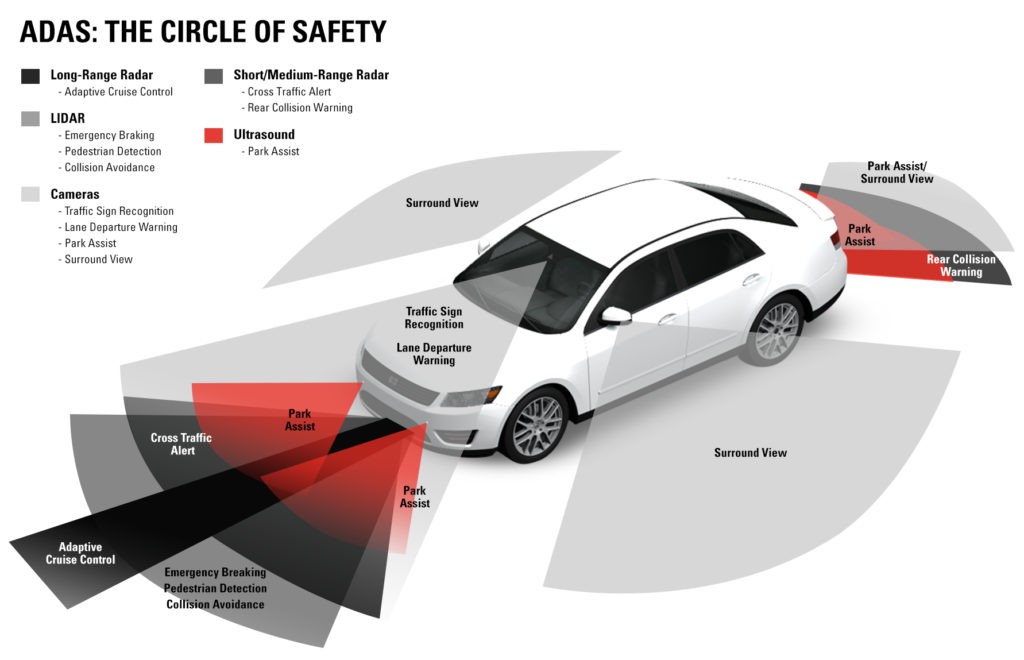
The goal of ADAS is to increase car and road safety via a safe human-machine interface that uses automated technology, including sensors and cameras, to identify obstacles or driver errors and make the appropriate response.
Using the notion that most road accidents are caused by human error, ADAS is designed to automate, adapt, and enhance vehicle technology for safety and better driving and has been proven to decrease road fatalities by keeping human error to a minimum.
Notable Features Of ADAS
While not all ADAS have the same features, there are certain features that most ADAS have, and I will discuss them here. Adaptive cruise control (ACC) enables the vehicle to maintain a certain velocity and distance between vehicles and is capable of automatically braking or accelerating based on them.
Some ADAS have alcohol ignition interlock devices that do not allow drivers whose breath alcohol level is above the allowable level to start the car. Meanwhile, automotive night vision systems can detect obstacles, including pedestrians, at night or in heavy weather situations where there is low visibility.
Automotive head-up display or auto-HUD enables the driver to see essential information without having to look down or away from the road. Blindspot monitor systems notify the driver regarding obstacles that come close to the driver’s blind spots.
A Closer Look At Tesla’s Autopilot System
As I mentioned earlier, I will place a spotlight on Tesla’s Autopilot suite of ADAS features. Categorized as Level 2 vehicle automation, Autopilot was dubbed “a distant second” as a DAS to Cadillac’s Super Cruise by Consumer Reports but placed first in the “Capabilities and Performance” and “Ease of Use” categories.
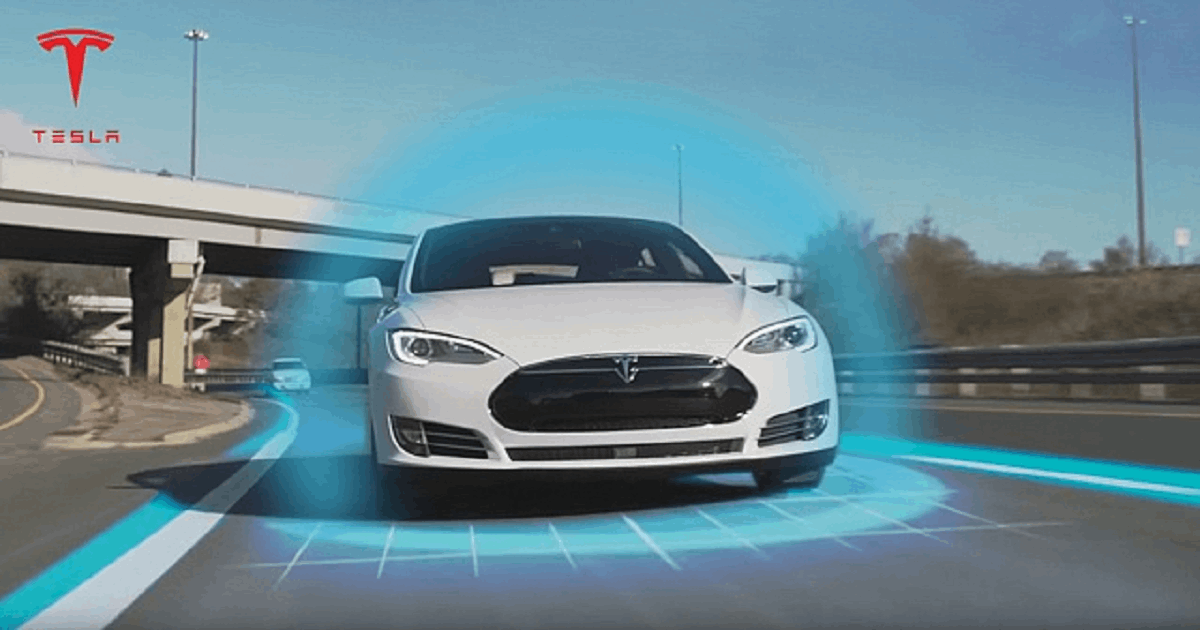
Autopilot’s features include lane centering, traffic-aware cruise control, and self-parking. It even can make automatic lane changes and has semi-autonomous navigation on limited-access freeways.
The most impressive for me is that drivers can even summon the car from a garage or parking spot. While these features help ease driving and increase safety, the driver is still considered responsible and must constantly supervise the car.
According to Tesla, Autopilot’s features lessen accidents caused by driver negligence, as well as fatigue from long-term driving.
How The Tesla Autopilot Started
In 2013, the concept of the Autopilot system was first publicly discussed by CEO Elon Musk. He said, “Autopilot is a good thing to have in planes, and we should have it in cars.” The company offered a pre-purchase option for Autopilot to its customers in October 2014.
However, the system was not designed for self-driving and only included semi-autonomous driving and parking features during that time. The electric automobile producer partnered with Israel’s Mobileye for the development of the initial versions of Autopilot.
Tesla has come up with three versions of its hardware for the Autopilot software, and in December 2019, the company announced a Full Self-Driving (FSD) system, which was reintroduced in September 2020. Tesla began testing the beta FSD software in May 2021 among a few thousand customers.
Tesla’s Approach To Full Self-Driving
In order to achieve Level 5 vehicle automation, the firm is training a neural network system through the behavior of Tesla drivers using mainly visible light cameras and data from parts used for other purposes. This includes ultrasonic sensors, which help with parking as well as the coarse-grained two-dimensional maps that drivers use to navigate.
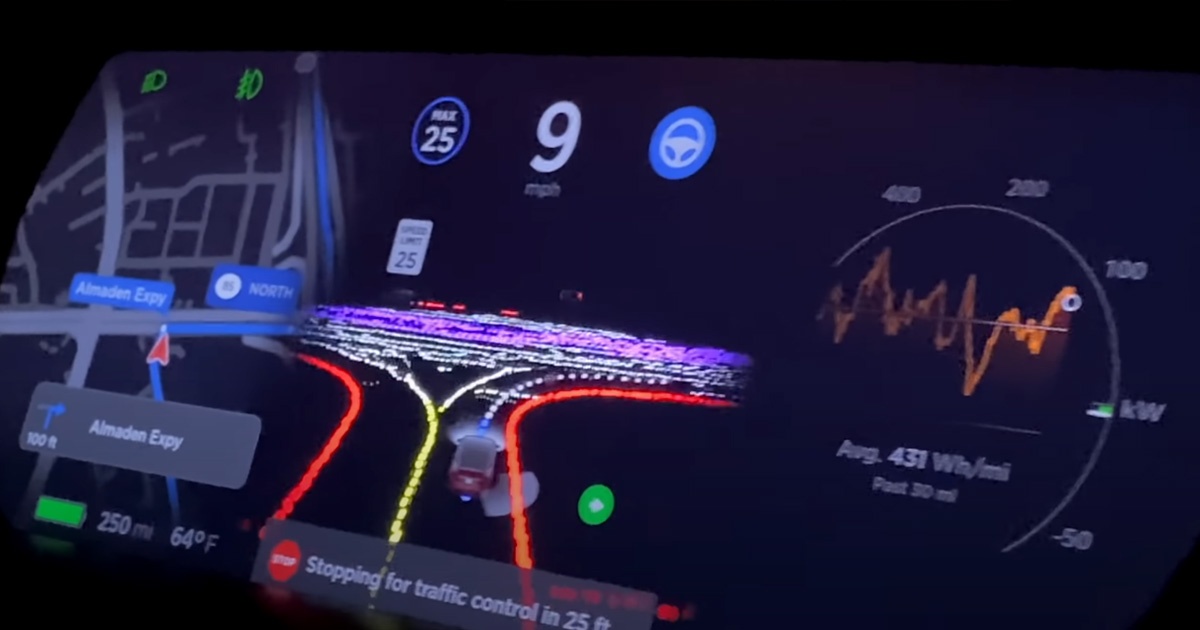
Musk claims that full autonomy is only limited by the software and that the hardware to achieve this already exists. He added that it boils down to the development of an advanced, narrow AI to be integrated into the car and that “the car will learn over time.”
As of April 2020, Tesla’s software has been trained using 3 billion miles of driving on public roads. Its self-driving computer chip has been installed into its cars since March 2019.
Criticism And Issues Surrounding The Autopilot
In the past, other firms have branded Tesla’s self-driving strategy as dangerous and obsolete, with most experts in the field believing that the company’s approach of deliberately not using high-definition maps and lidar is not feasible to achieve the development of autonomous cars.
The German government has prohibited Tesla from using certain marketing language implying autonomous driving capabilities after it ruled that the company misled consumers regarding the abilities of its ADS.
A 2021 study by Guidehouse Insights ranked Tesla last in terms of strategy and execution in the autonomous driving sector. Meanwhile, an August 2021 study led by Duke University professor Missy Cummings found variability in the performance of three Tesla Model 3’s AI and computer vision systems.
Outlook For The Automated Vehicles Industry
Market Research Future has released a report on the AV industry and forecasts the market to reach more than $65 billion by 2027. The expected growth is attributed to increasing competition and car insurance. Insurance is recommended for certain areas, such as technology errors and omissions and cyber liability.
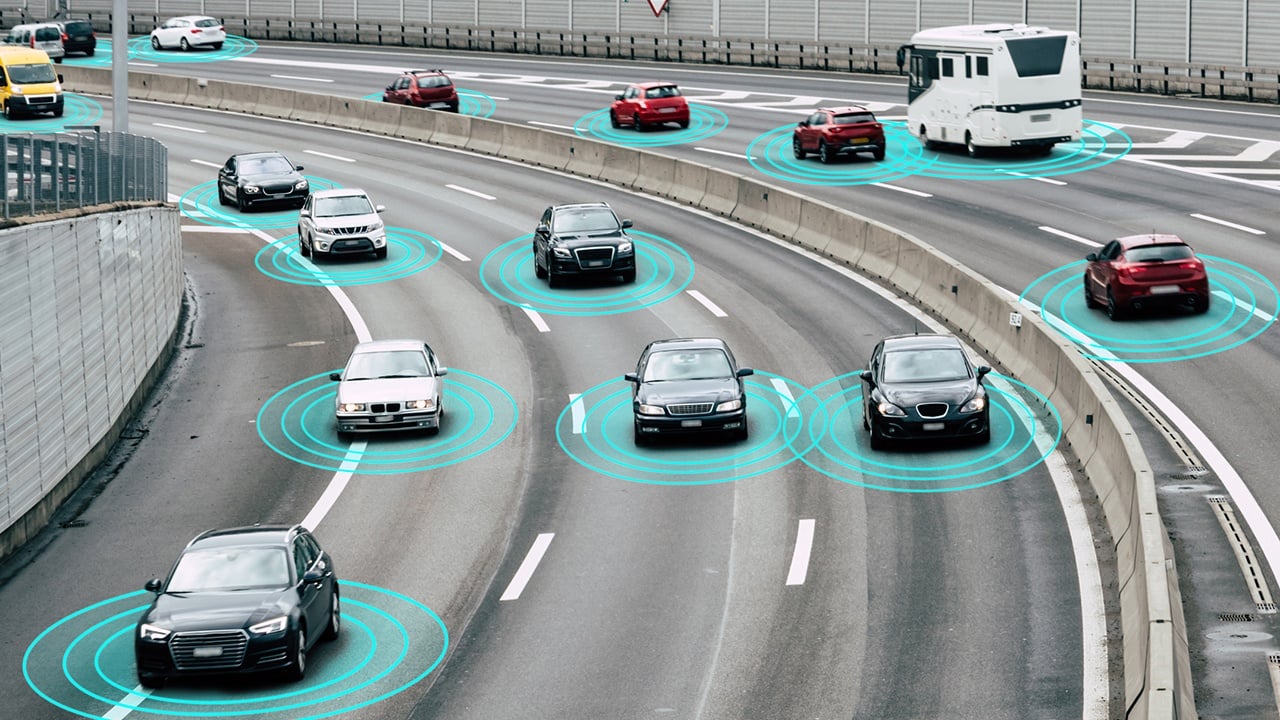
ADAS-related technologies are also expected to streamline auto insurance as they can distribute data in cases of accidents. This is projected to fast-track claims administration as well as reduce fraud from staged car accidents.
Intelligent Transport System And ADAS
Like ADAS, intelligent transport systems (ITS) are forecast to go beyond just automatic traffic management to include any business that concerns safe human transportation. Since ITS are integrated into a city’s infrastructure, it would be critical in building a so-called “smart city.”
A 2008 study has shown that ADAS have helped increase active safety, which ITS promotes by improving road efficiency.
The Bottom Line
Personally, I am excited about the prospect of self-driving cars, as driving through city traffic undeniably adds to my stress level. However, I still think that there is still room for improvement to achieve full automation with the highest level of safety for drivers, passengers, and pedestrians.
For now, I believe self-driving cars are sophisticated enough to cruise through roads safely. However, as a driver, I will still need to be alert if an obstacle suddenly appears or other vehicles behave unexpectedly. Do you think we can achieve full automation in the near future?